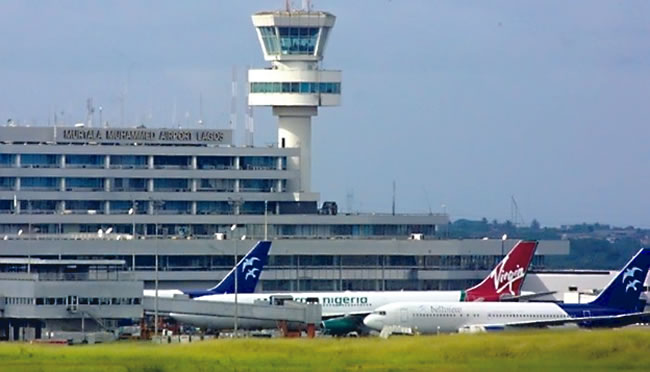
By Shola Adekola | Lagos

Nigerian airlines have witnessed an upsurge in traffic in January following the challenges of insecurity laced with bad roads which has made travellers to jettison road transport for air travels despite the high fares in the face of cash crunch.
The rise in air travels in Nigeria has fallen in line with the announcement by the International Association (IATA) that the recovery in air travel demand is continuing in 2023 based on its January traffic results.
The seeming increase in air traffic in Nigeria may have equally been made possible with the increase in the number of state-owned airports.
According to the IATA’s traffic results in January, the total traffic in January 2023 (measured in revenue passenger kilometres or RPKs) rose 67.0 percent compared to January 2022, with the global traffic now at 84.2 percent of January 2019 levels.
African airlines’ traffic rose 124.8 percent in January 2023 versus a year ago. January capacity was up 82.5 percent and the load factor climbed 13.9 percentage points to 73.7 percent, the lowest among regions.
Domestic traffic for January 2023 rose 32.7 percent compared to the year-ago period, helped by the lifting of the zero-COVID policy in China. Total January 2023 domestic traffic was at 97.4 percent of the January 2019 level.
International traffic climbed 104.0 percent versus January 2022 with all markets recording strong growth, led by carriers in the Asia-Pacific region. International RPKs reached 77.0 percent of January 2019 levels.
Commenting on the development, IATA’s Director-General, Willie Walsh, said, “Air travel demand is off to a very healthy start in 2023. The rapid removal of COVID-19 restrictions for Chinese domestic and international travel bodes well for the continued strong industry recovery from the pandemic throughout the year. And, importantly, we have not seen the many economic and geopolitical uncertainties of the day dampening demand for travel.”
Asia-Pacific airlines posted a 376.3 percent increase in January traffic compared to January 2022, by far the strongest year-over-year rate among the regions, but off of a very low base when much of the region was still closed to travel. Capacity rose 167.1 percent and the load factor increased 36.6 percentage points to 83.3 percent, the highest among the regions.
European carriers saw a 60.6 percent traffic rise versus January 2022. Capacity increased by 30.1 percent and the load factor rose by 14.2 percentage points to 75.0 percent.
Middle Eastern airlines’ January traffic rose 97.7 percent compared to January a year ago. Capacity increased by 45.9 percent and load factor climbed 20.8 percentage points to 79.2 percent.
North American carriers reported an 82.4 percent traffic increase in January versus the 2022 period. Capacity rose 37.3 percent and load factor climbed 19.7 percentage points to 79.6 percent.
Latin American airlines had a 46.8 percent traffic increase compared to the same month in 2022. January capacity climbed 34.3 percent and load factor rose 7.1 percentage points to 82.7 percent, the second highest among the regions.
Australia’s domestic traffic rose 107.3 percent in January compared to a year ago and now stands at 88.8 percent of pre-pandemic levels.
China’s domestic RPKs rose 37.2 percent in January, the first month-over-month annual increase since August 2022, and is now at 86.3 percent of January 2019 levels.
“With strong travel demand continuing through the traditionally slower winter season in the northern hemisphere, the stage is set for an even busier spring and summer. At a time when many are just beginning to enjoy their newly restored travel freedoms, it is especially disappointing to see the Dutch government making plans to limit their movements by unilaterally and unjustly reducing operations at Schiphol Airport,” Walsh added
READ ALSO FROM NIGERIAN TRIBUNE







